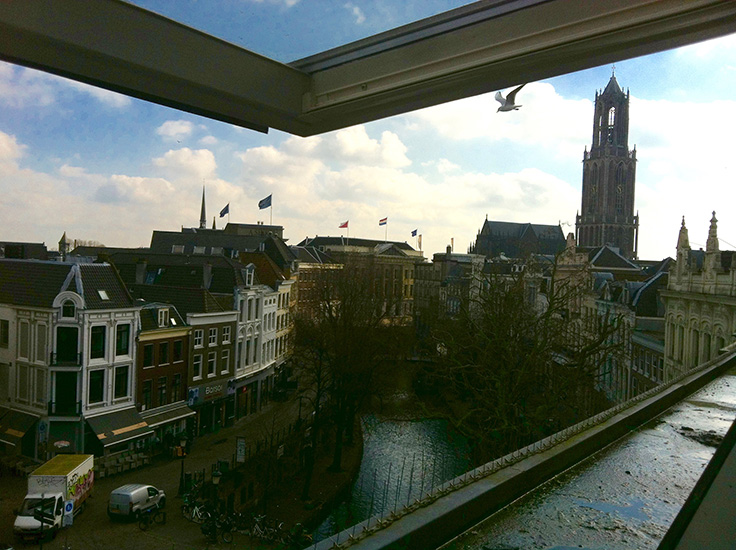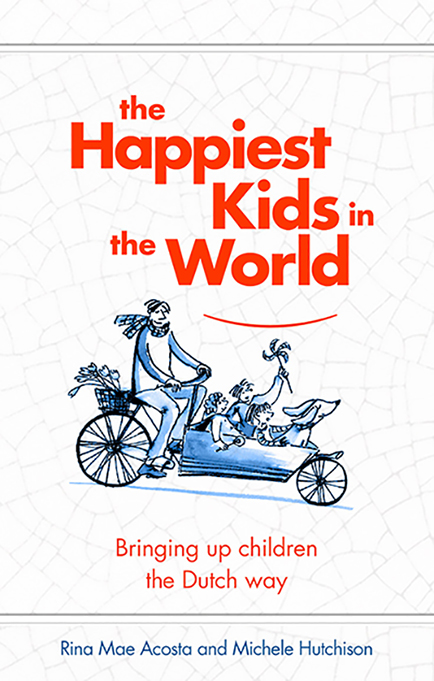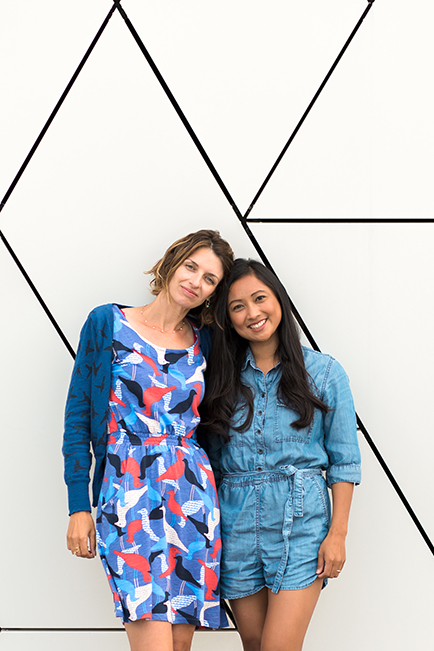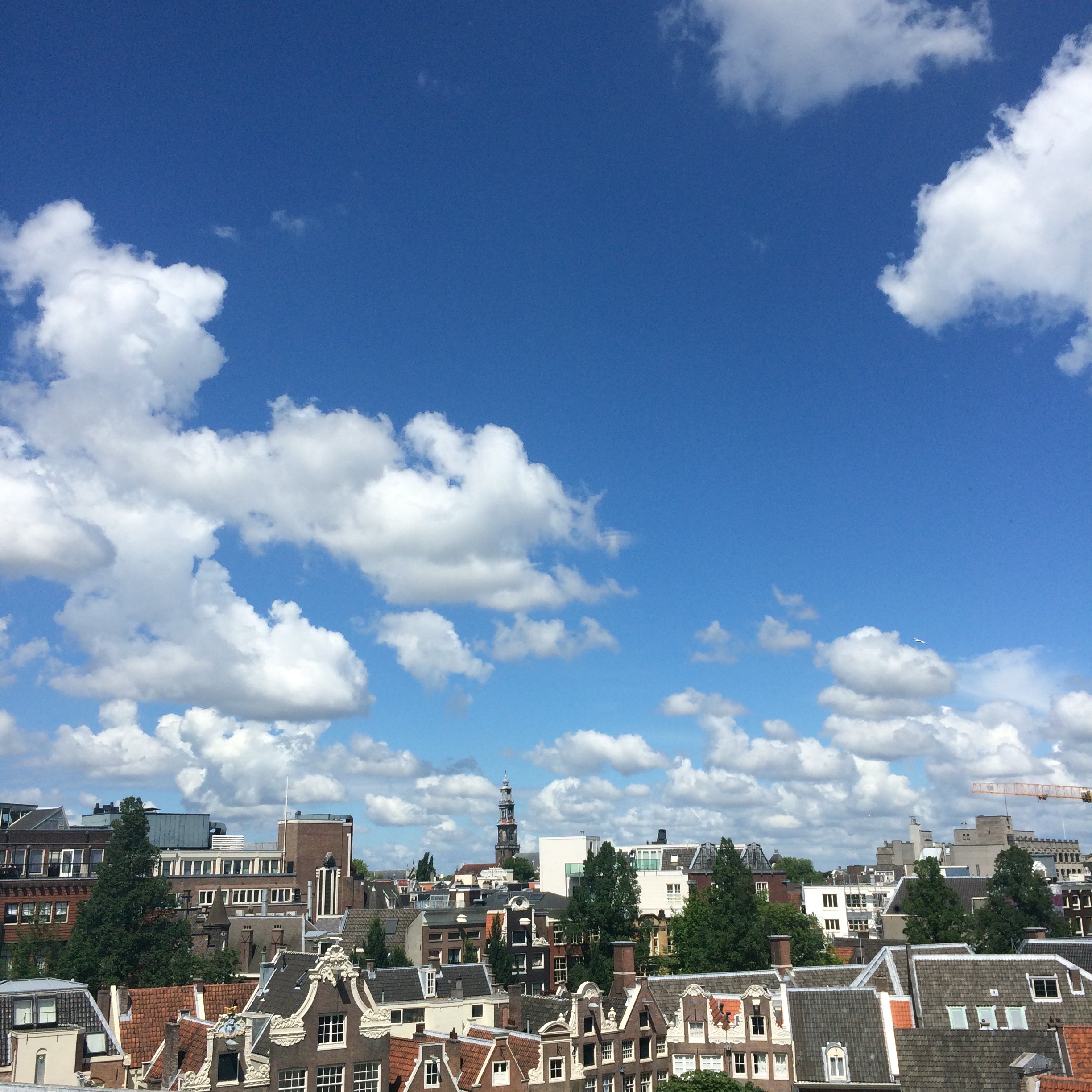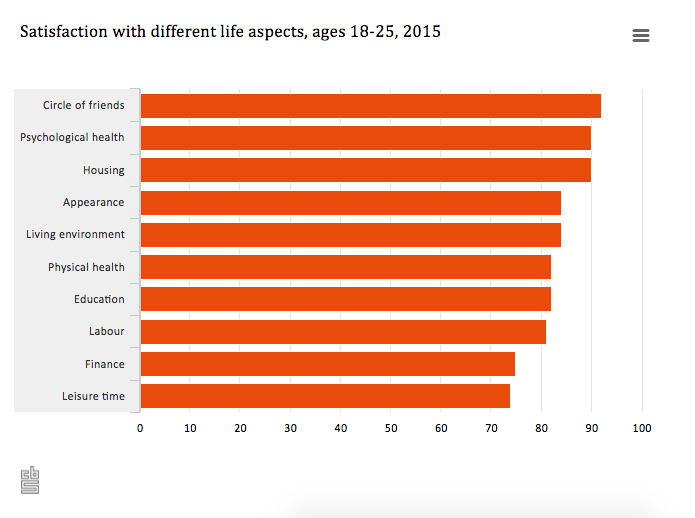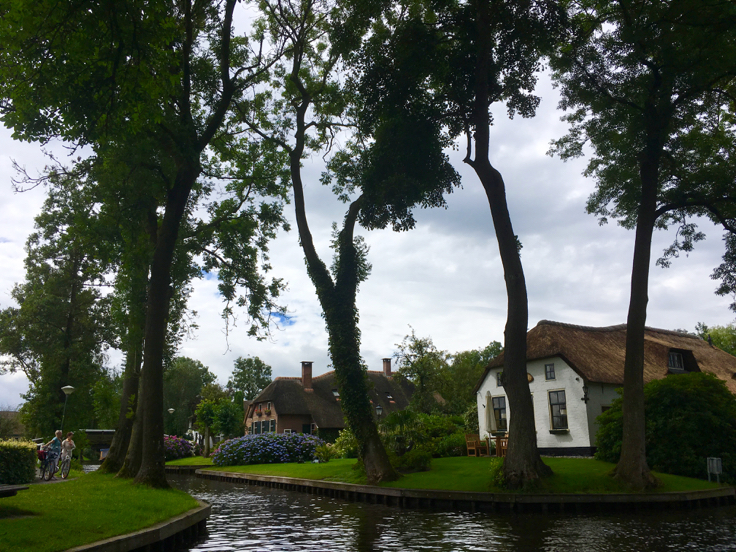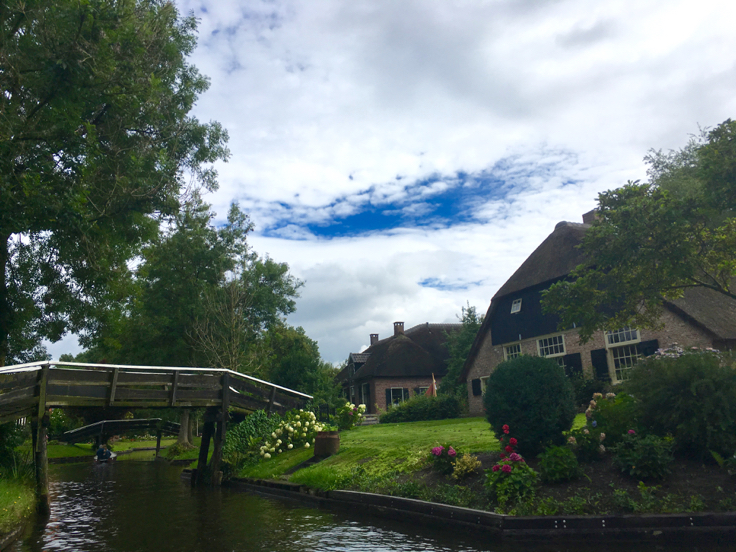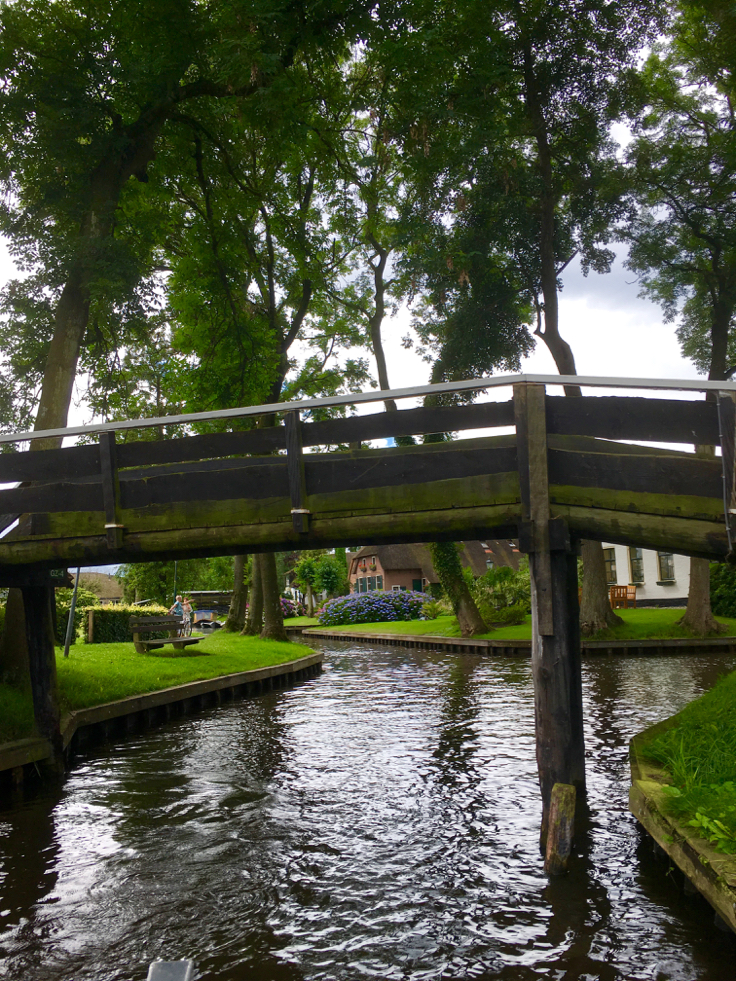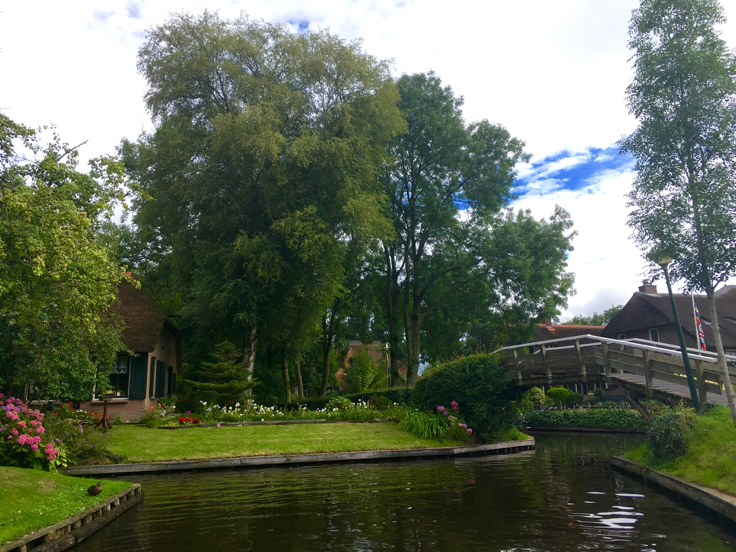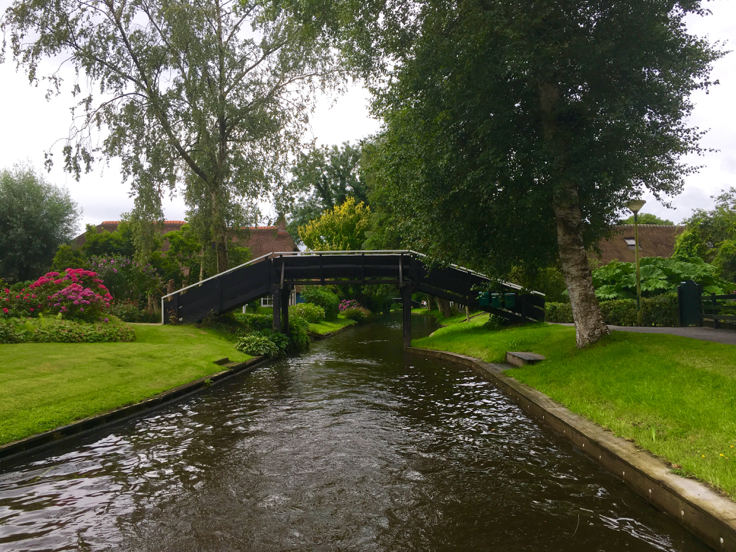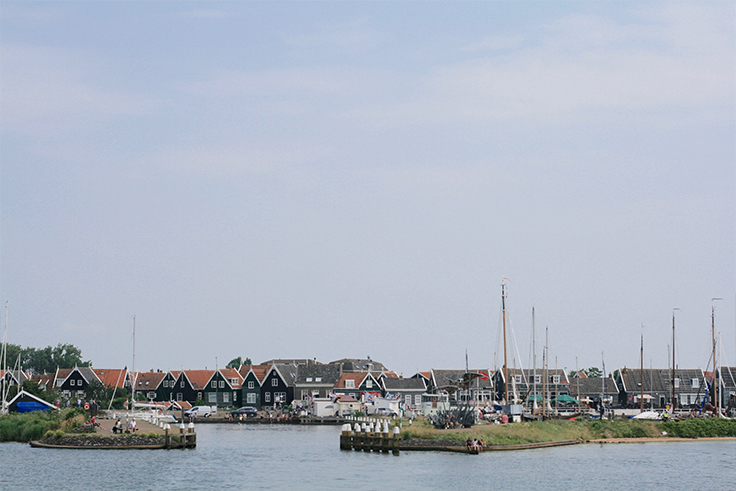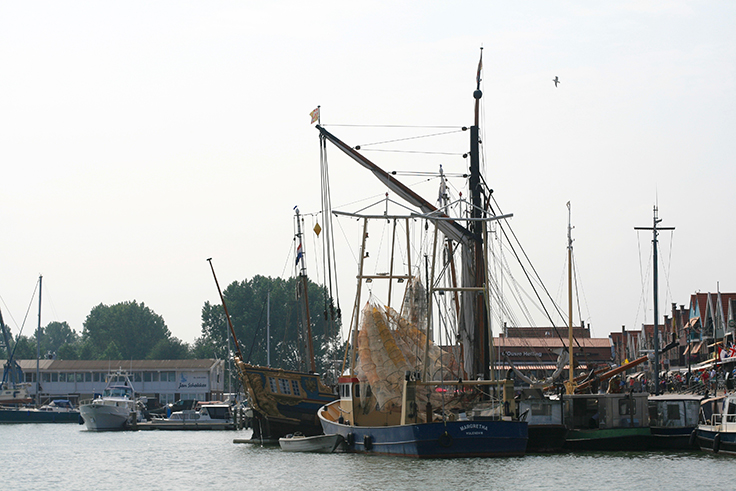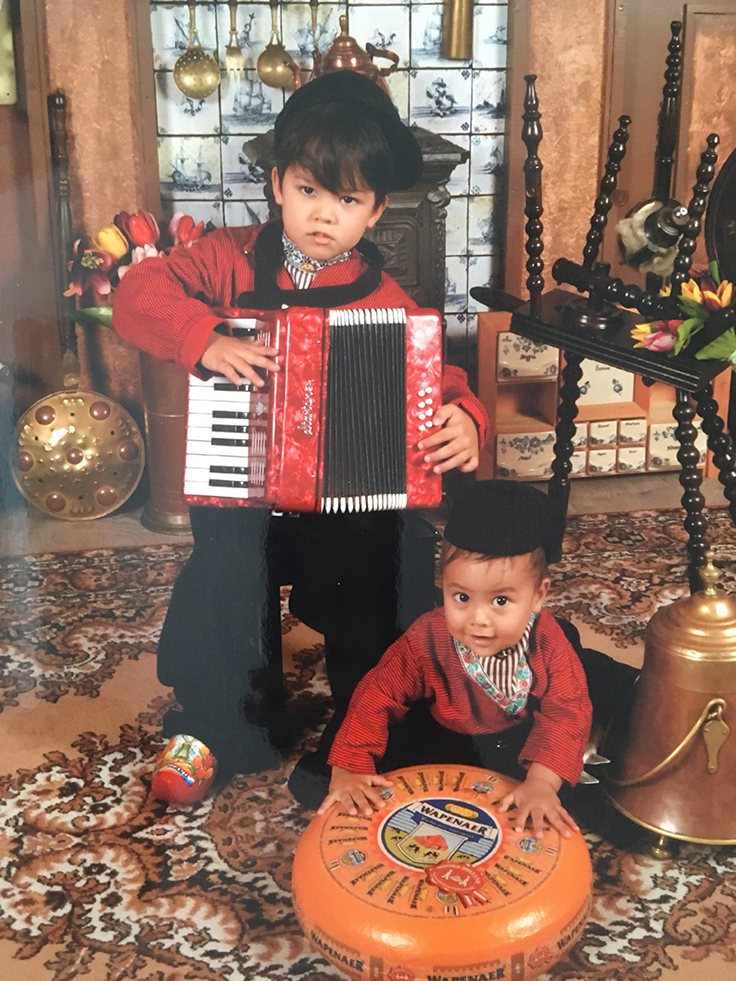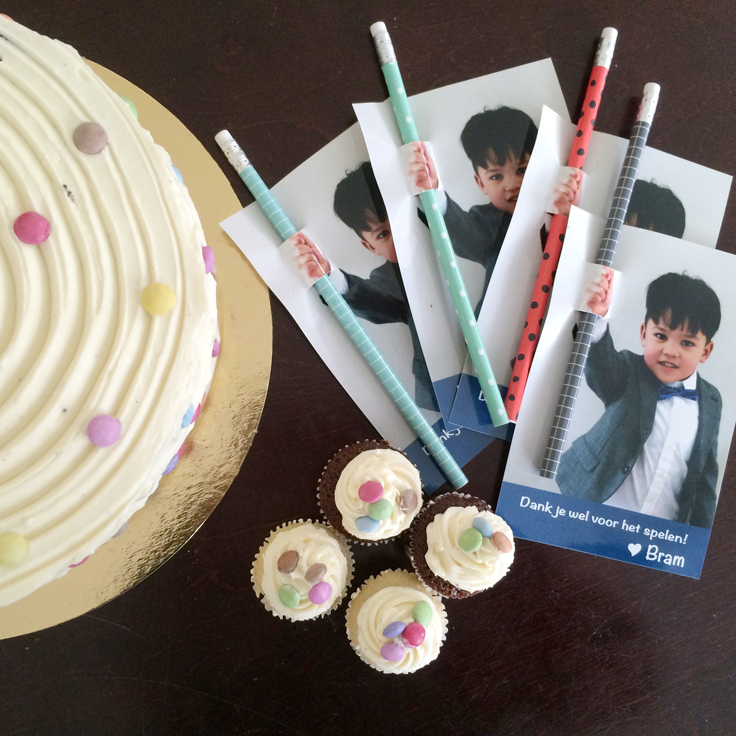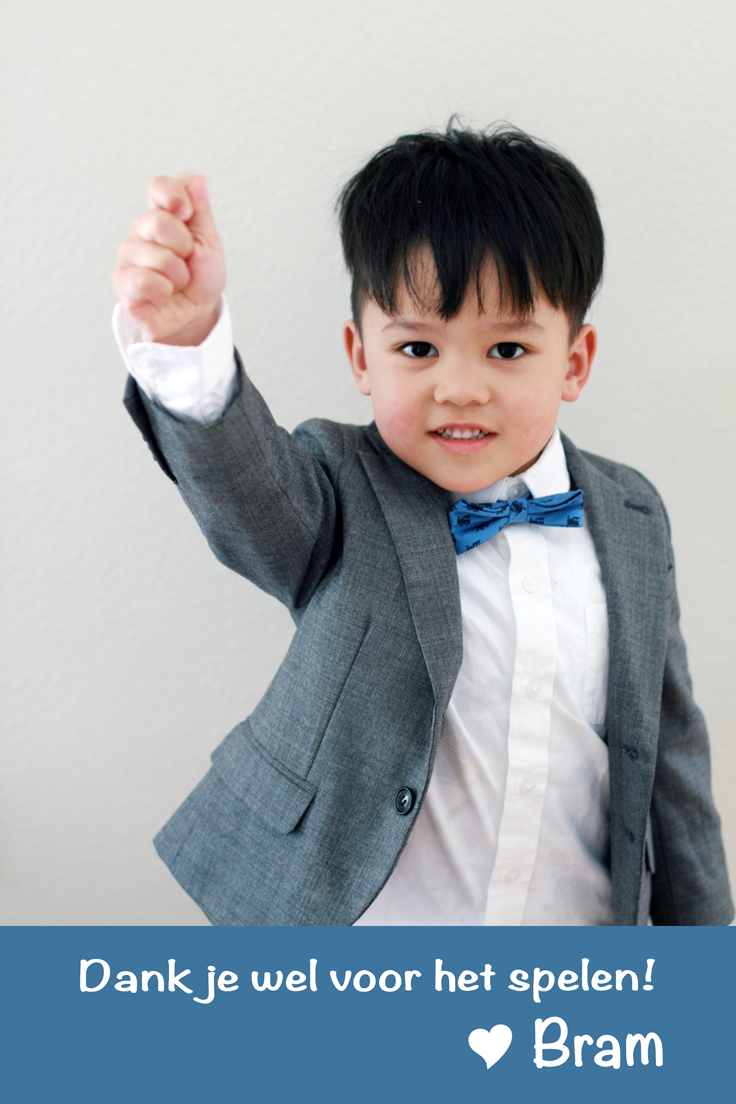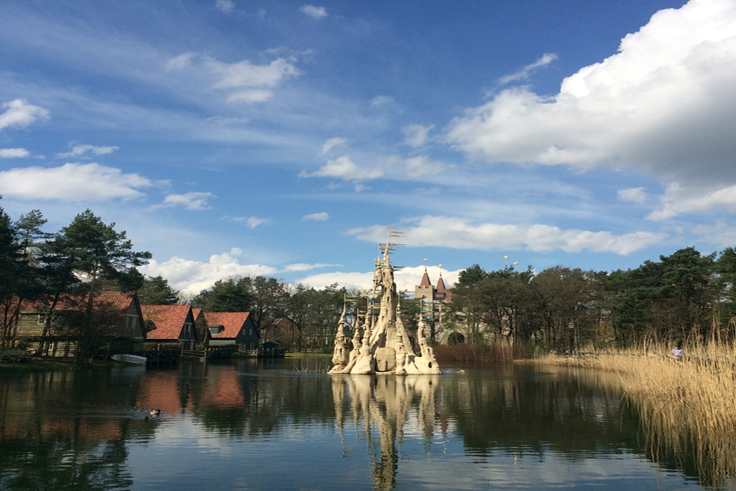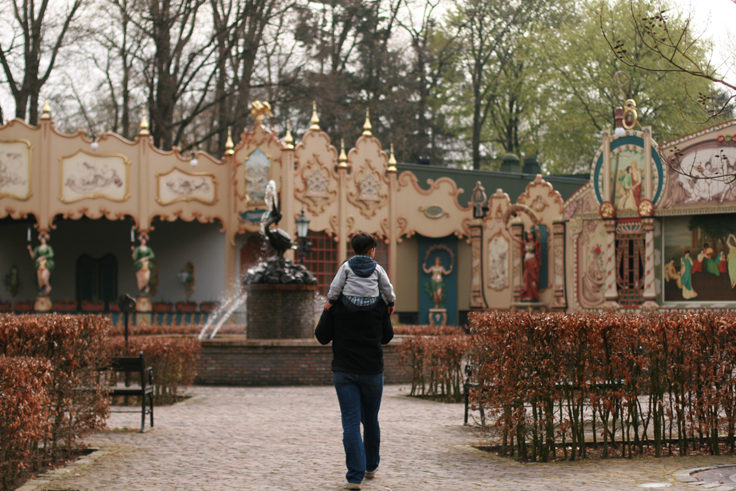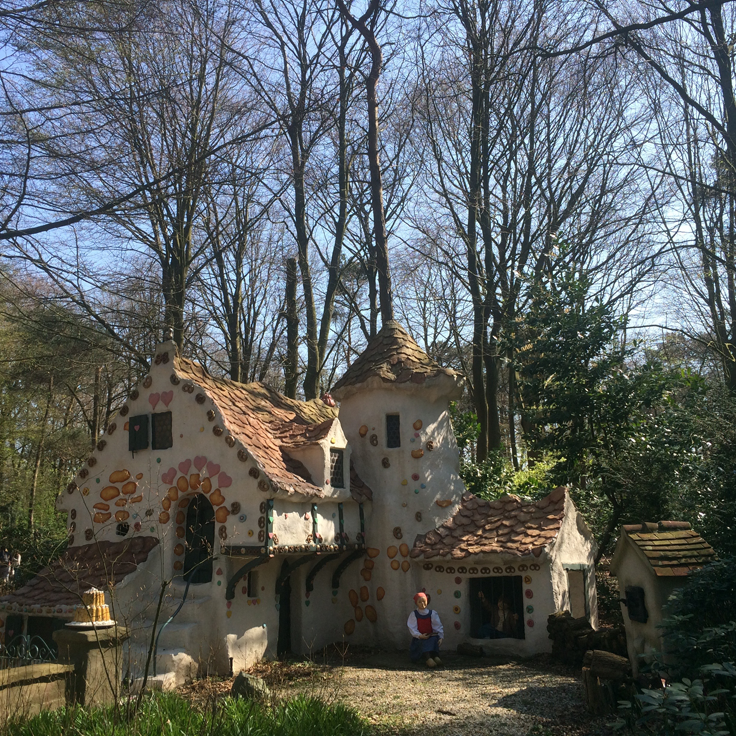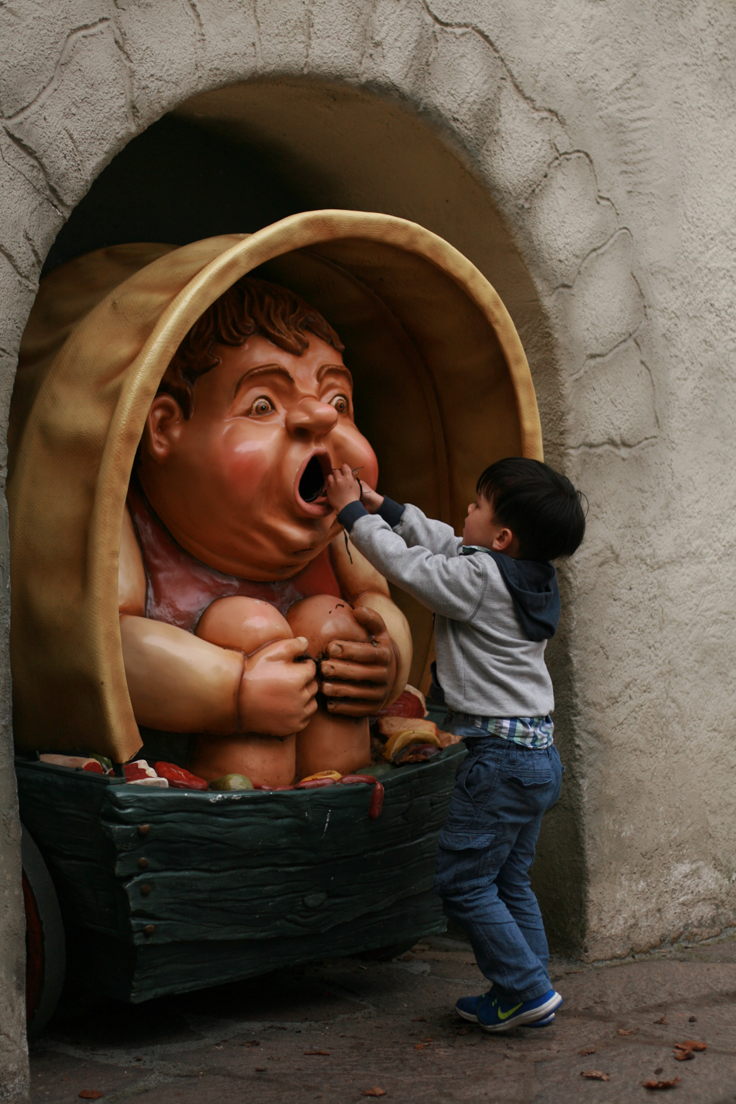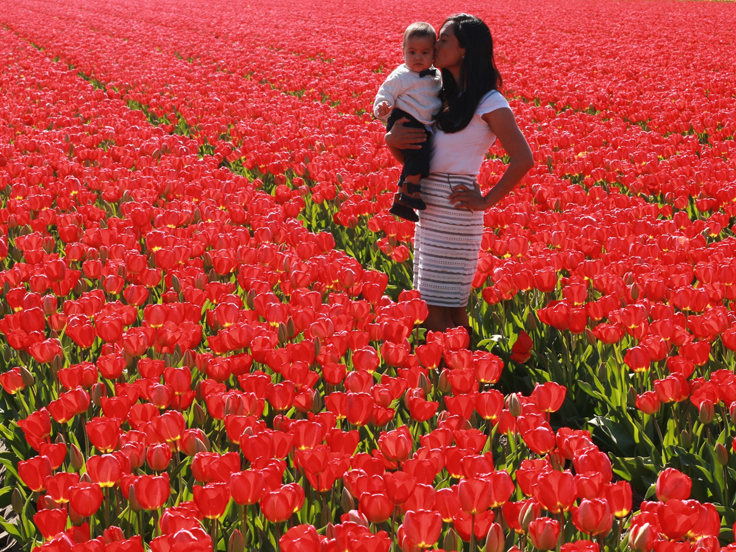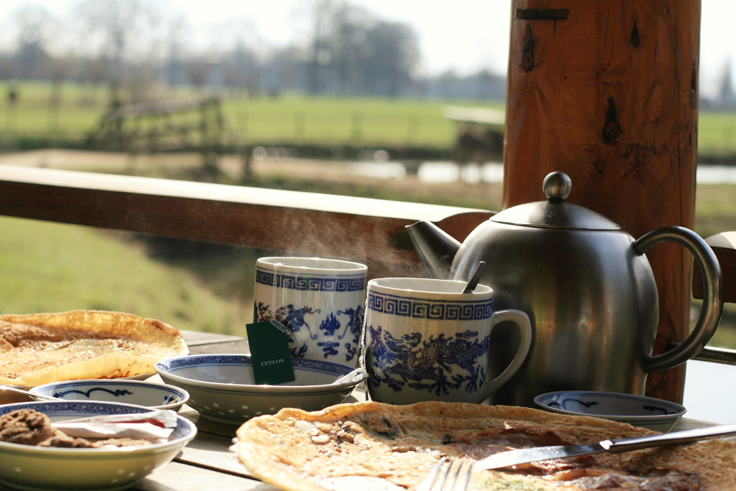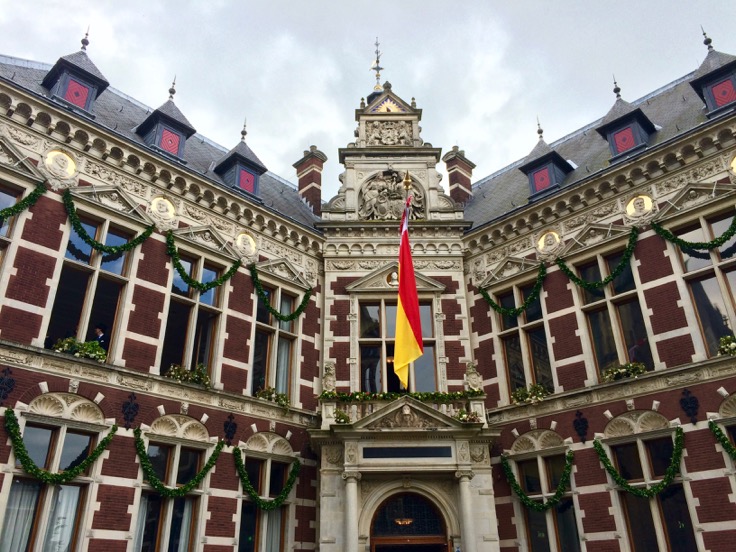
As an Asian American mom with a four year old about to start elementary school in the Netherlands, I’m a bit apprehensive. There is this infamous 6-minus mentality (‘zesjescultuur’) that he will be introduced to. Applying the ABCDF scale, this would be loosely translated as a grade equivalent of a D, D- or even an F. As a parent who values education, intrinsic motivation and good old fashion hard work, the Dutch school culture of mediocrity is my biggest nightmare. A fellow expat mom in a Facebook group I am part of voiced similar concerns, doubting whether or not she made the best decision for her children. A fellow Dutch parent, Ian Macdonald, responded with the best mic drop I have ever come across. His response resonated deeply with me and assuaged my fears, concerns, doubts and guilt.
In Ian Macdonald’s own words, posted with his permission:
I think that, when expats are throwing around glib terms like “the Dutch school culture of mediocrity”, they should glance around at the society they have chosen to live in and ask themselves ‘Does this appear to be a mediocre society populated by mediocre people with mediocre accomplishments, values and norms?’
Because if the answer is yes, then I hate to be the bringer of bad news, but you might just have moved to the wrong country.
If the answer is no, however, then you might consider that the Dutch educational system must be getting a lot right, even if it is getting a few things wrong. After all, this society is, to a very large extent, defined and administered by a population that is the direct product of that educational system.
If this society was permeated by the so-called zesjescultuur (6/10 mentality), then it wouldn’t bear much resemblance to the rather nice place to live that it is; and it wouldn’t have caused so many of us to objectively choose to make it our home, raise our families here and live out our futures here.
Whilst it’s arguably true that the Dutch educational system does promote the general ethos that being merely good enough is, well, good enough, that doesn’t mean that higher achievement is actively discouraged. It isn’t.
The pervasive value that is instilled in our children — and, equally importantly, the adults they become — is that they don’t have to be top of the class or the best at what they do to be (considered) worthwhile human-beings.
It’s subtle. It’s not drilled into anyone, but broadly speaking, it’s elemental to this society that there is as much dignity in manning the check-out at the Albert Heijn as there is in being prime-minister.
People are not defined in this society by how far they have risen in education or the workplace. And thank goodness for that, because countries where that *is* the case are miserable, even unsafe places to live.
You can see this reflected in the Dutch workplace, where the structure is much less hierarchical than in many other countries. The CEO or director doesn’t order people around American-style, and subordinates don’t live in fear of upsetting their more powerful superiors. The higher you are in the organisational chart, the more responsibilities you carry and the greater the rewards, but everyone typically treats each other with the same degree of respect, no matter whether they’re running the company or wheeling the cart containing the internal post.
Dutch society instills in children the supremely important value of being happy with who they are, and to find their own level; not the level their parents would like them to have, or their teachers. However, that doesn’t mean that children are left to function below their natural ability.
If every child who scored a 6 was routinely told “You can do better”, I don’t think we’d have the society of proud high-achievers that some seem to think. Rather, we’d have far more miserable and disillusioned children growing up to become miserable and disillusioned adults.
We’d have a society like the USA, which boasts the richest, most ambitious working population in the western world, but also — not coincidentally — the least happy people in the west. We’d measure ourselves relative to what others around us have achieved and accrued, rather than by considering how far we ourselves have come. We’d allow our success to be defined by what others expect of us, not by what we would otherwise be content to expect of ourselves. We’d forever be telling ourselves that we’ll be happy when our next goal is achieved, instead of being happy with who are where we are today.
Personally, I’d rather that children — not just my own, but all children in society — were content as 6’s, rather than forever sad that they hadn’t attained the 7 or higher that others had always told them they could have. Feeling like a failure and a disappointment does not make for happy, well-adjusted members of society.
I think it’s hard to take on board for people from more competitive cultures, but there really are more important things in life than striving to be the absolute best you can be at everything you undertake. There are even more important things than a university education. Lasting happiness doesn’t actually depend on either one.
Of course, some people really do naturally want to be the best at everything they do, and that’s fine if the urge comes from within, rather than being imposed from without. Children find their own level through self-belief. It’s the job teachers to fire their imagination and nurture that self-belief as it blossoms. That’s a far cry from simply repeating the mantra “You could do better.”
University is not the pot of gold at the end of the academic rainbow. it is not the be-all and end-all of young adulthood that some parents would have their children believe. It is merely one possible path, and not a path suited to each and every child, or even to each and every highly intelligent child.
Success is important, but how you define success is perhaps even more important. It’s about being happy, which is not necessarily the same thing as achieving the highest grades, followed by a place at a top university and then a high-earning job in industry.
The Dutch have got this largely right, which is why this country is still largely a nice place to live; although I must admit that I have seen a lot of dilution of its values since moving here in 1991. Then again, *everywhere* seems to be getting worse over time.
Call me a born again Dutch nationalist, but when I look at the UK and the US, I see very little that I wish this country would emulate; and that includes education.

